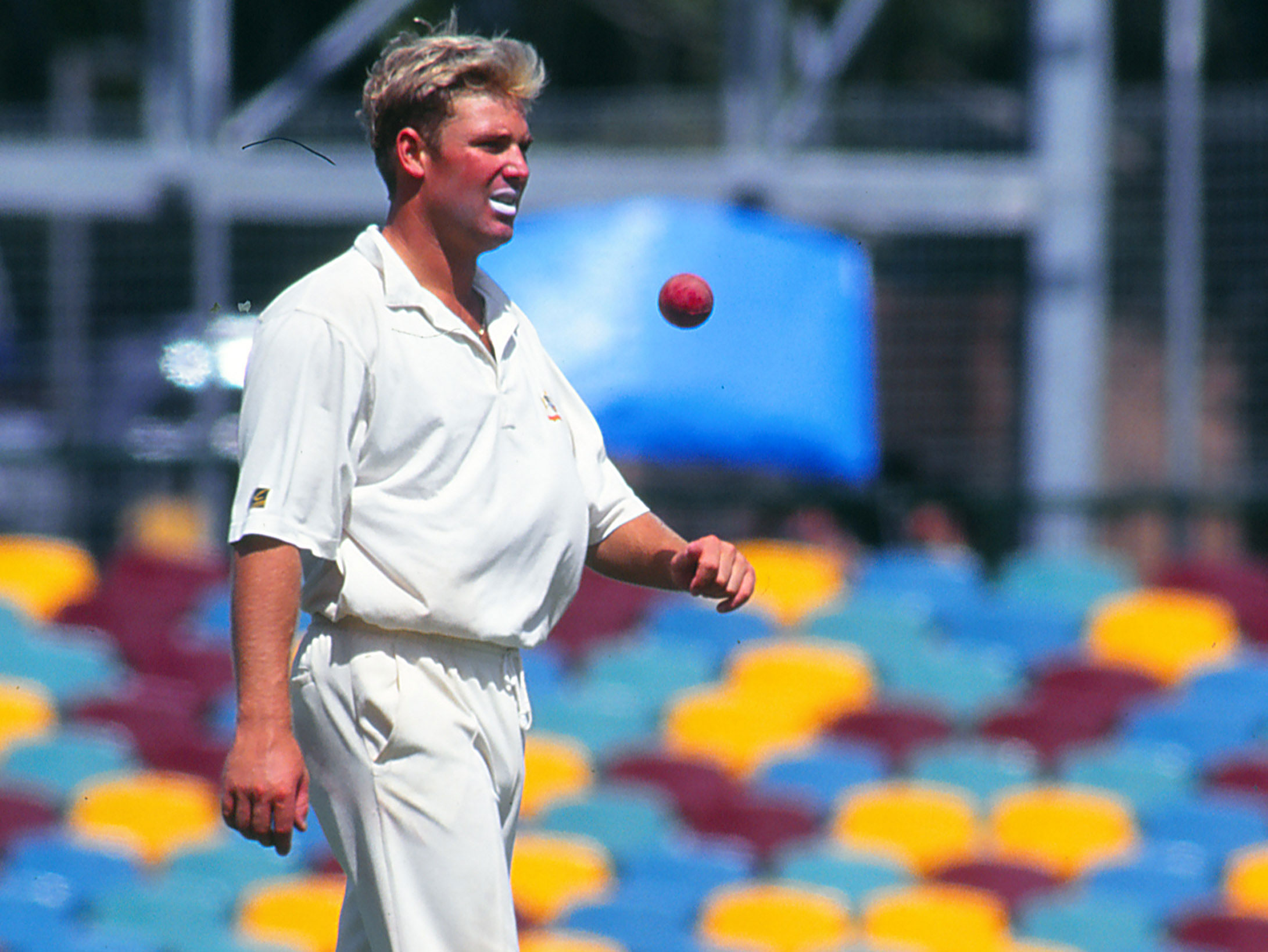
‘Spending too much time with your partner may be the problem.’ Photograph: Microzoa/Getty Images
1 Accept that having sex with the same person for the rest of your life – unless it’s yourself (see later) – is hard and, at times, boring. But not impossible. The problem – actually, there are several and also lots of contradictions – is that the received wisdom has always been to spend more time with your partner to build something called “intimacy”, which will lead to The Sex. Actually, this may be wrong.
2 Spending too much time with your partner may be the problem. Do romantic weekends make you feel really unromantic and panicked? Seeing someone all the time is not sexy after the first few months. It leads to something called habituation, which must be avoided at all costs if you want to continue having sex with your partner. Habituation is when you stop really seeing someone/thing because you see them all the time, ie taking someone for granted, which leads to hating their guts. In one survey, a common answer to the question “When do you feel most attracted to your partner?” was “When they weren’t there.” This is because anticipation is a powerful aphrodisiac and distance lets erotic imagination back in, which leads to fantasy. Unfortunately, it’s often cruelly crushed when your partner comes back into view.
3 The major stumbling block to sex in a long-term relationship is that you’re after two opposing things: security, reliability – lovely anchoring things like that which make you feel safe – but you also want fire, passion, risk, danger, newness. The two camps are opposed. If you have one, you can’t have the other.
4 The answer is to try to get pockets of distance. Make sure you stay true to yourself. Do things for yourself and by yourself; socialise on your own sometimes. In another survey, respondents said that they found their partners sexiest when the partners were in their element: the life and soul of the party, doing a job really well. Being “other” to the person they knew as reliable and as their partner. Having sex at your partner’s place of work may be something to consider if you can avoid CCTV. You don’t want to watch yourself having sex with the same person over and over again on YouTube because you have become a meme.
5 All this said, you do need to spend some quality time together to keep the bonds going. Sharing good experiences is better than spending your money on stuff for each other. This is because memories of experiences shared become more golden with the passing of time, unlike mere things you get used to (see habituation). Also you can only throw things at each other in an argument that leads to sex if you are in a film starring Sophia Loren. In real life, it leads to hate and mess.
6 Masturbation is basically having sex with the same person for all of your life, yet no one gets sick of that. Why? Because you are safe to go into your own private head-place, and the chances are that there is a real dissonance between the erotic you and the you in the real world. The erotic you has no place in your every day life, the erotic you may not be very responsible (responsibility kills sex drive). The erotic you only has one goal. Orgasm. It isn’t the point, they always tell you that in sex columns, but it’s nice – otherwise, come on, what is the point of all that effort? It’s this distance that’s at the heart of keeping an erotic charge between you and your partner. Consider separate bedrooms.
7 Learn the difference between wanting someone and neediness. The first is sexy, the latter isn’t. Looking after someone because you want to is different from one person being cast in the parenting role to the other, which isn’t sexy at all and will lead to a lack of sex with your partner and, possibly, lots of sex with someone else who doesn’t need looking after.
8 Don’t expect your partner to be everything to you. There’s an oft quoted phrase in relationship circles: “don’t expect your partner to do the job a whole village once did.” Also be realistic: two centuries ago you’d probably be dead by the age of 50, now marriages can last longer.
9 But! Take solace in the fact that older people do have more sex. Last year, a study found that if you’ve been married to the same person for 65 years, you have more sex than you did at your 50th wedding anniversary.
10 The secret of sex with the same person for ever, says Esther Perel, the author of Mating in Captivity, is letting go of “the myth of spontaneity. Committed sex is willful, premeditated, focused and present”. She also suggests good tools for talking with your partner (or to find out things about yourself), for example, start conversations with: “I shut myself off when …” and “I turn myself on when …”
1 Accept that having sex with the same person for the rest of your life – unless it’s yourself (see later) – is hard and, at times, boring. But not impossible. The problem – actually, there are several and also lots of contradictions – is that the received wisdom has always been to spend more time with your partner to build something called “intimacy”, which will lead to The Sex. Actually, this may be wrong.
2 Spending too much time with your partner may be the problem. Do romantic weekends make you feel really unromantic and panicked? Seeing someone all the time is not sexy after the first few months. It leads to something called habituation, which must be avoided at all costs if you want to continue having sex with your partner. Habituation is when you stop really seeing someone/thing because you see them all the time, ie taking someone for granted, which leads to hating their guts. In one survey, a common answer to the question “When do you feel most attracted to your partner?” was “When they weren’t there.” This is because anticipation is a powerful aphrodisiac and distance lets erotic imagination back in, which leads to fantasy. Unfortunately, it’s often cruelly crushed when your partner comes back into view.
3 The major stumbling block to sex in a long-term relationship is that you’re after two opposing things: security, reliability – lovely anchoring things like that which make you feel safe – but you also want fire, passion, risk, danger, newness. The two camps are opposed. If you have one, you can’t have the other.
4 The answer is to try to get pockets of distance. Make sure you stay true to yourself. Do things for yourself and by yourself; socialise on your own sometimes. In another survey, respondents said that they found their partners sexiest when the partners were in their element: the life and soul of the party, doing a job really well. Being “other” to the person they knew as reliable and as their partner. Having sex at your partner’s place of work may be something to consider if you can avoid CCTV. You don’t want to watch yourself having sex with the same person over and over again on YouTube because you have become a meme.
5 All this said, you do need to spend some quality time together to keep the bonds going. Sharing good experiences is better than spending your money on stuff for each other. This is because memories of experiences shared become more golden with the passing of time, unlike mere things you get used to (see habituation). Also you can only throw things at each other in an argument that leads to sex if you are in a film starring Sophia Loren. In real life, it leads to hate and mess.
6 Masturbation is basically having sex with the same person for all of your life, yet no one gets sick of that. Why? Because you are safe to go into your own private head-place, and the chances are that there is a real dissonance between the erotic you and the you in the real world. The erotic you has no place in your every day life, the erotic you may not be very responsible (responsibility kills sex drive). The erotic you only has one goal. Orgasm. It isn’t the point, they always tell you that in sex columns, but it’s nice – otherwise, come on, what is the point of all that effort? It’s this distance that’s at the heart of keeping an erotic charge between you and your partner. Consider separate bedrooms.
7 Learn the difference between wanting someone and neediness. The first is sexy, the latter isn’t. Looking after someone because you want to is different from one person being cast in the parenting role to the other, which isn’t sexy at all and will lead to a lack of sex with your partner and, possibly, lots of sex with someone else who doesn’t need looking after.
8 Don’t expect your partner to be everything to you. There’s an oft quoted phrase in relationship circles: “don’t expect your partner to do the job a whole village once did.” Also be realistic: two centuries ago you’d probably be dead by the age of 50, now marriages can last longer.
9 But! Take solace in the fact that older people do have more sex. Last year, a study found that if you’ve been married to the same person for 65 years, you have more sex than you did at your 50th wedding anniversary.
10 The secret of sex with the same person for ever, says Esther Perel, the author of Mating in Captivity, is letting go of “the myth of spontaneity. Committed sex is willful, premeditated, focused and present”. She also suggests good tools for talking with your partner (or to find out things about yourself), for example, start conversations with: “I shut myself off when …” and “I turn myself on when …”
 Shane Warne could clear his mind of an unsuccessful previous ball to attack afresh with the next © Getty Images
Shane Warne could clear his mind of an unsuccessful previous ball to attack afresh with the next © Getty Images